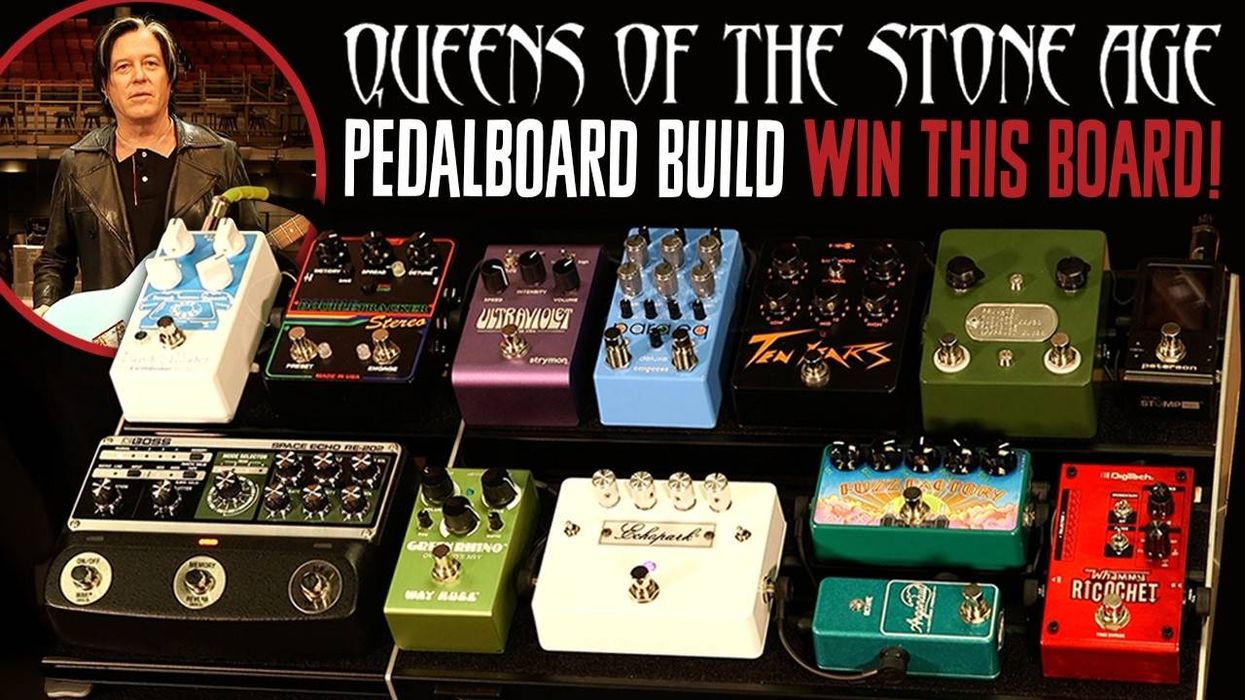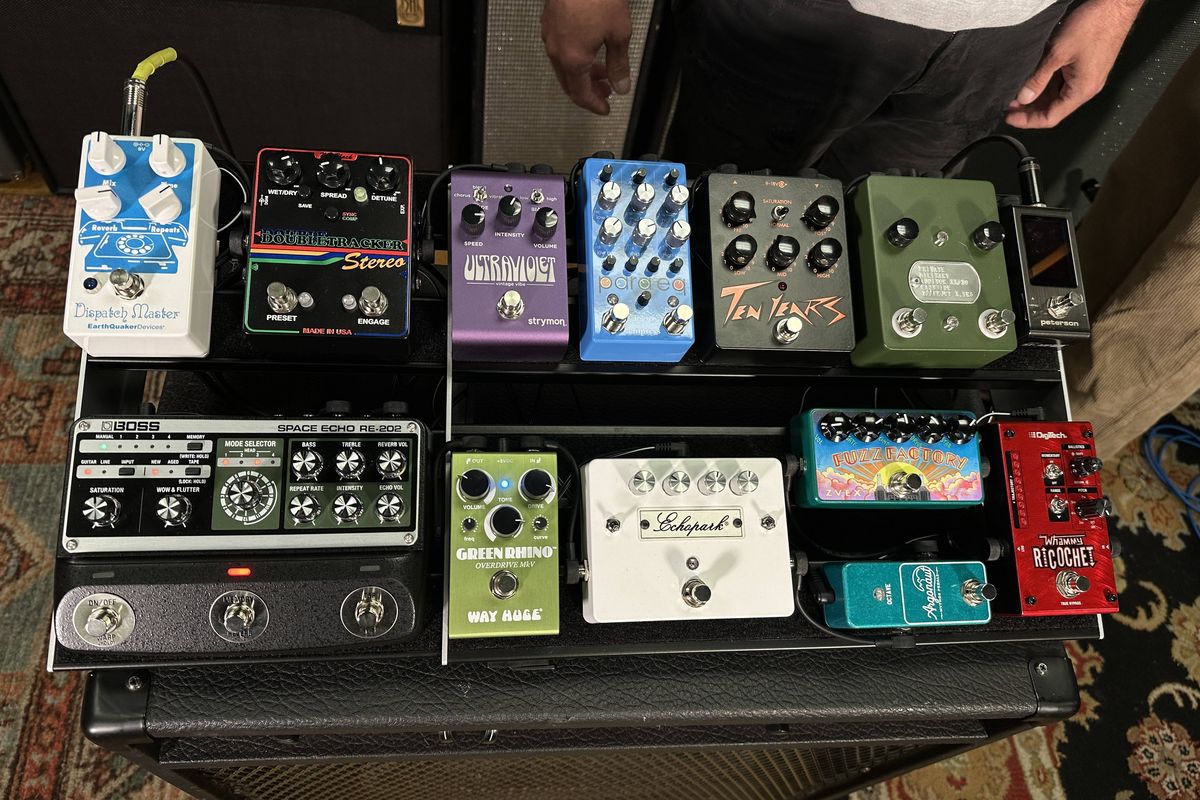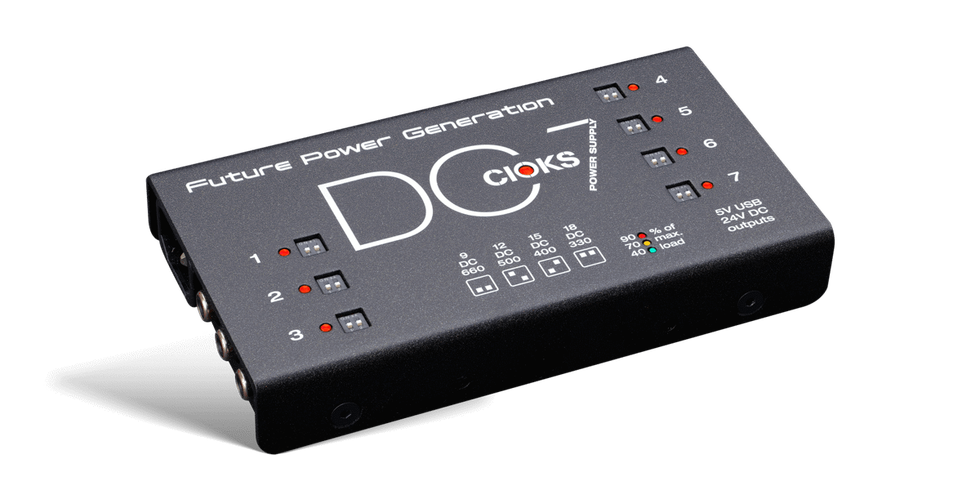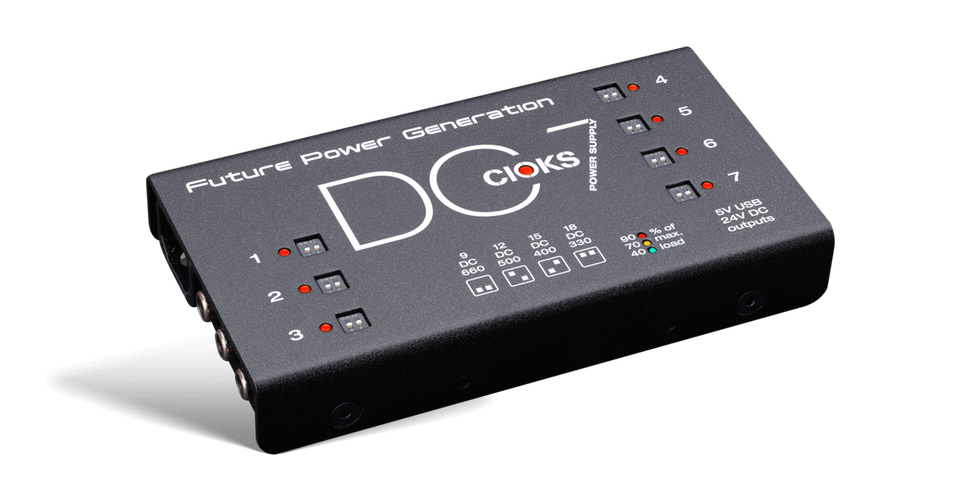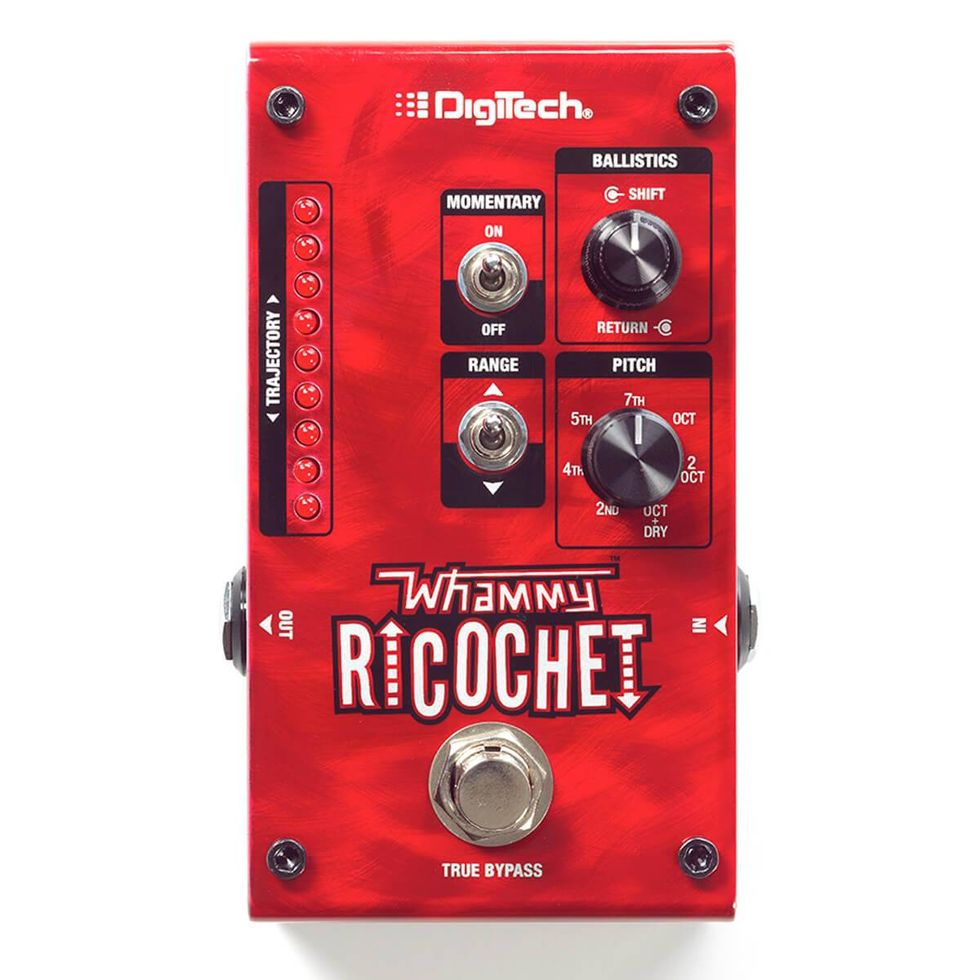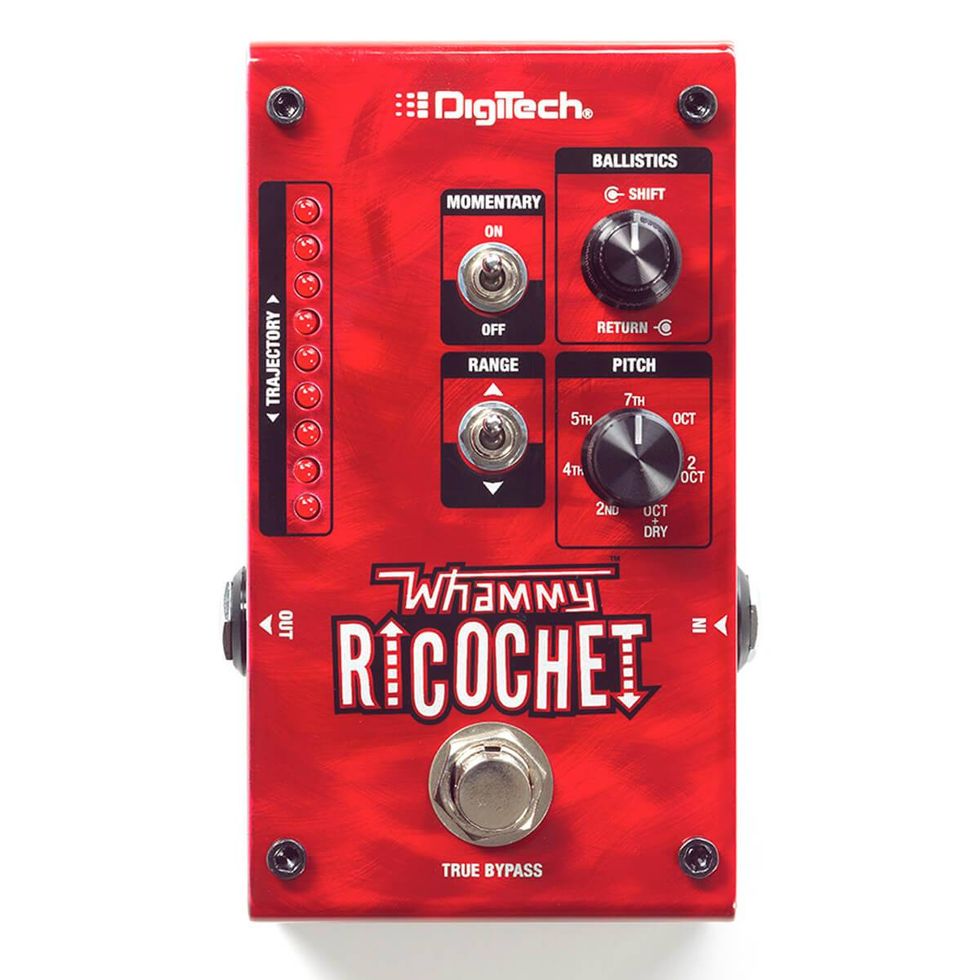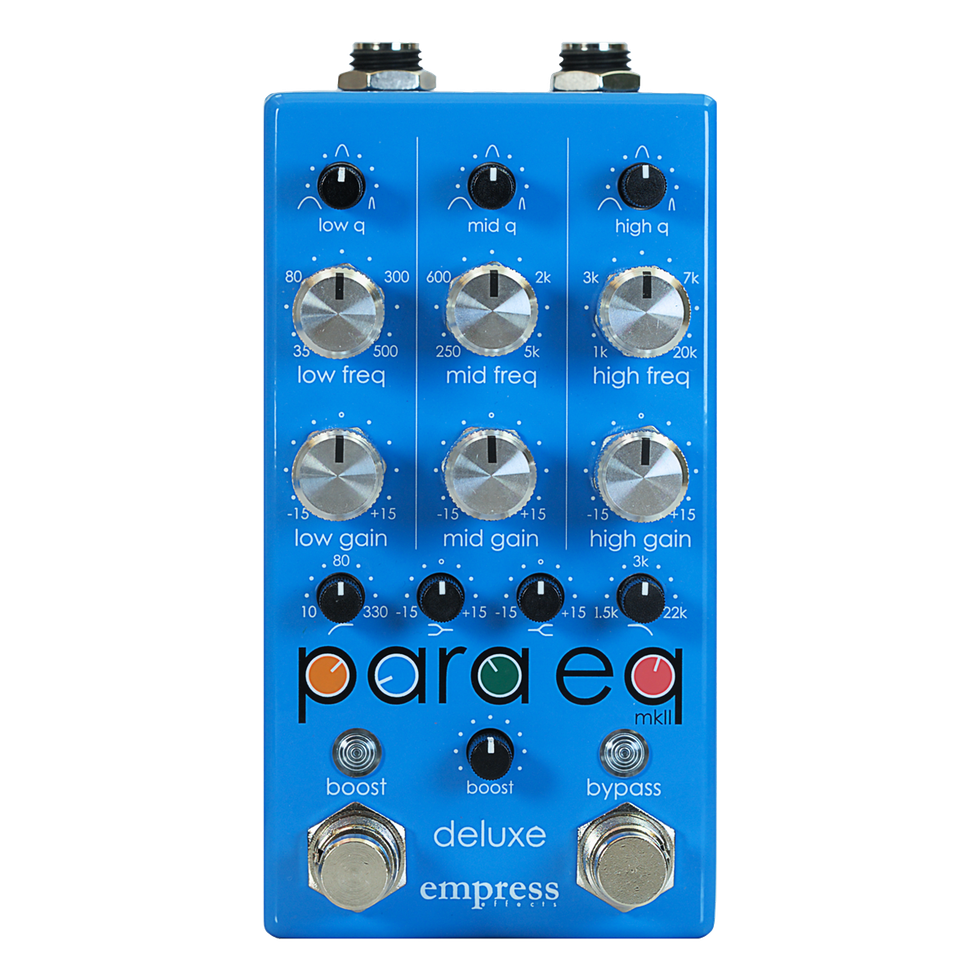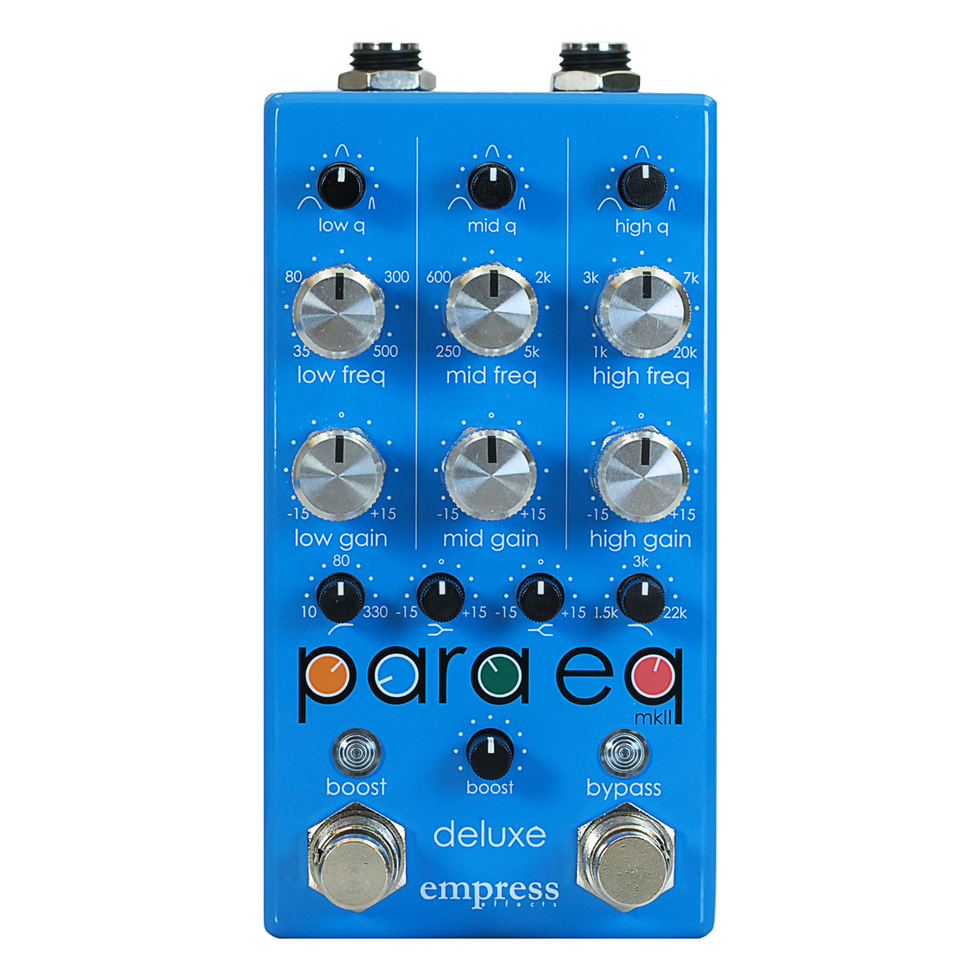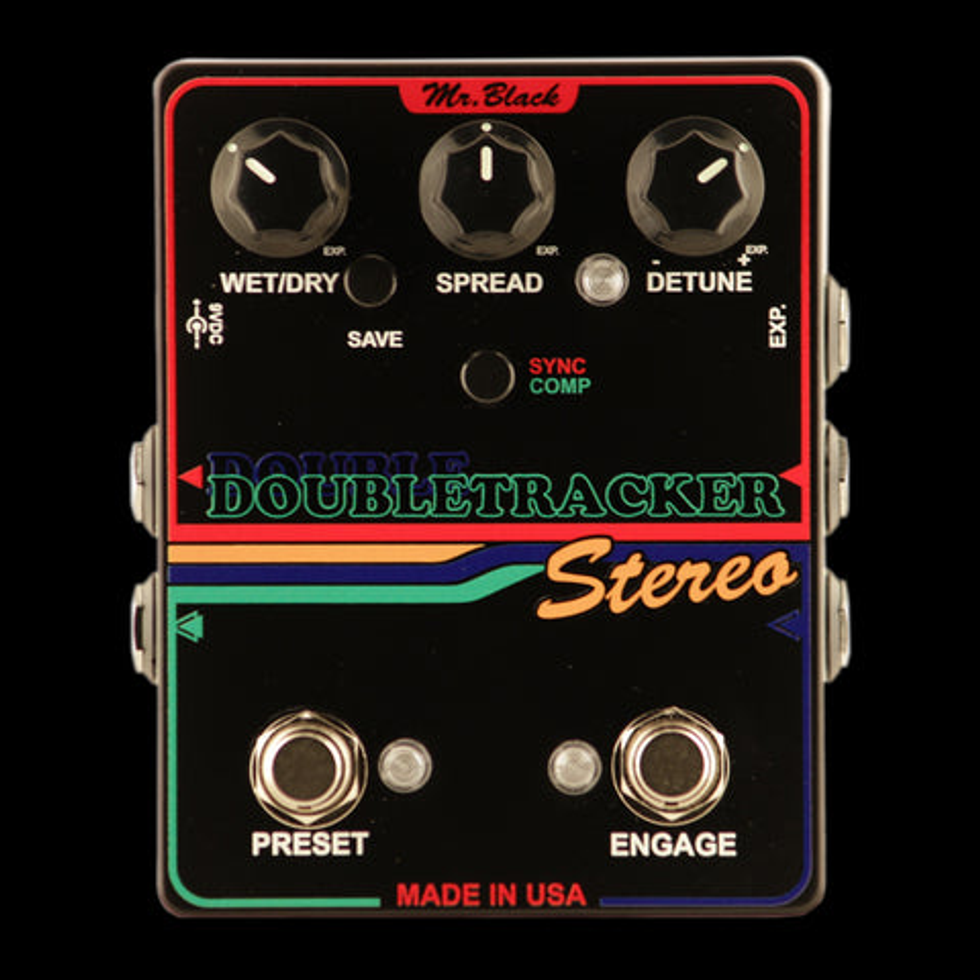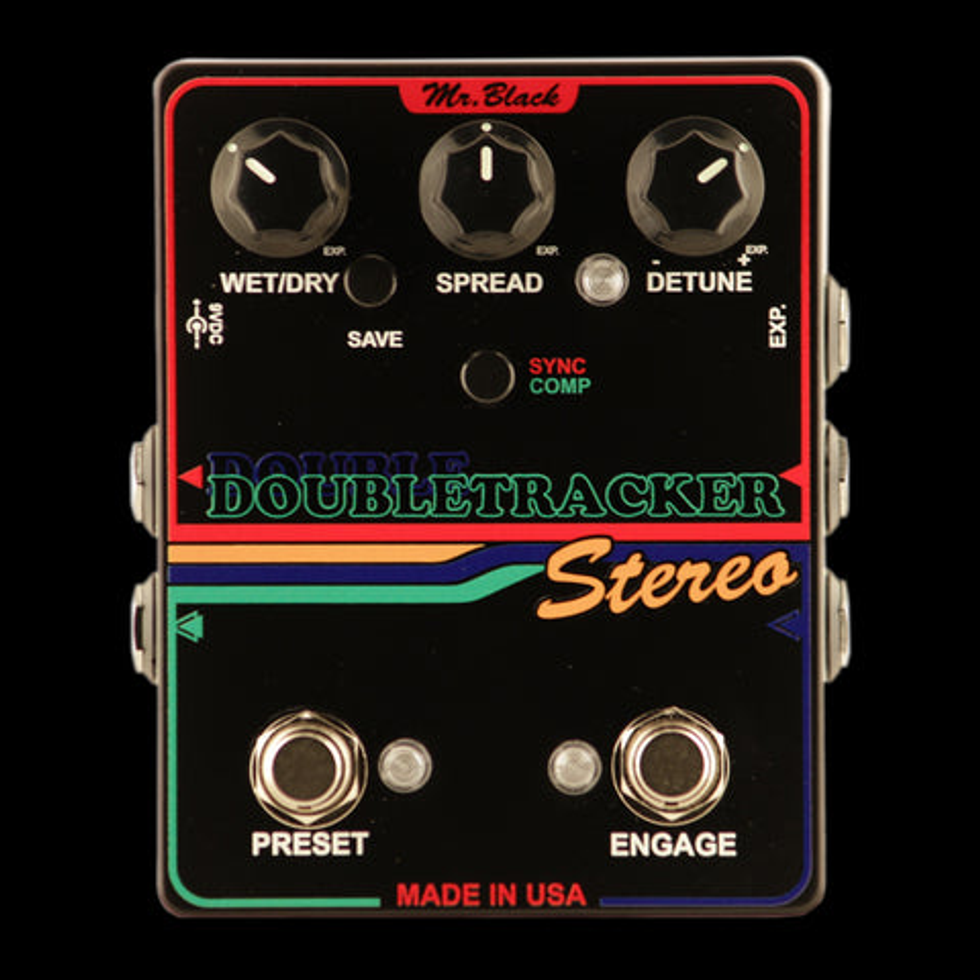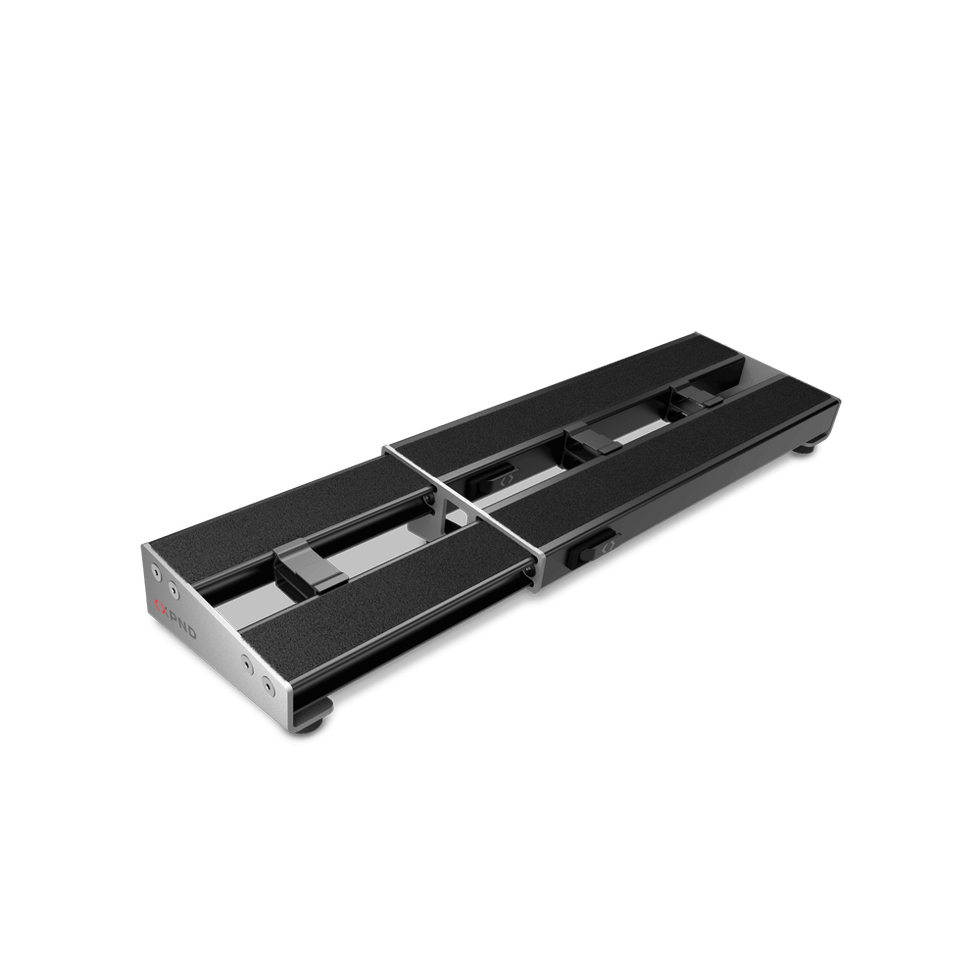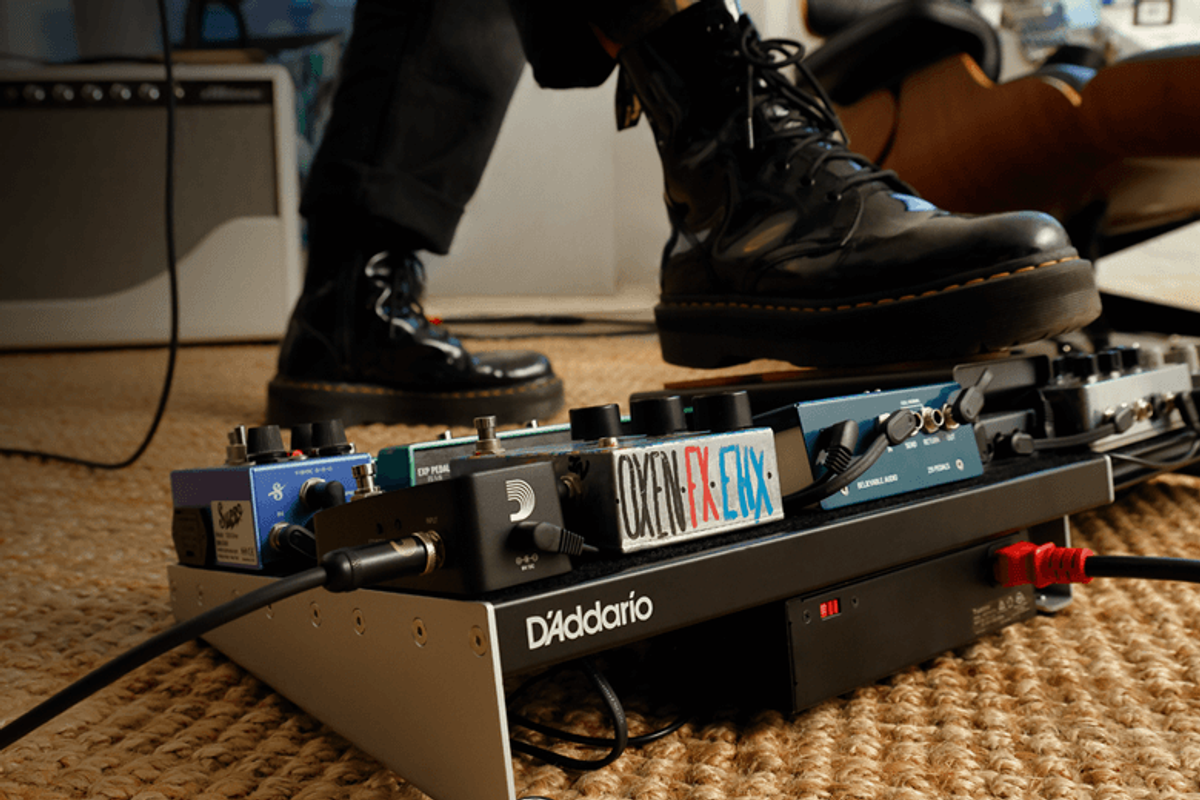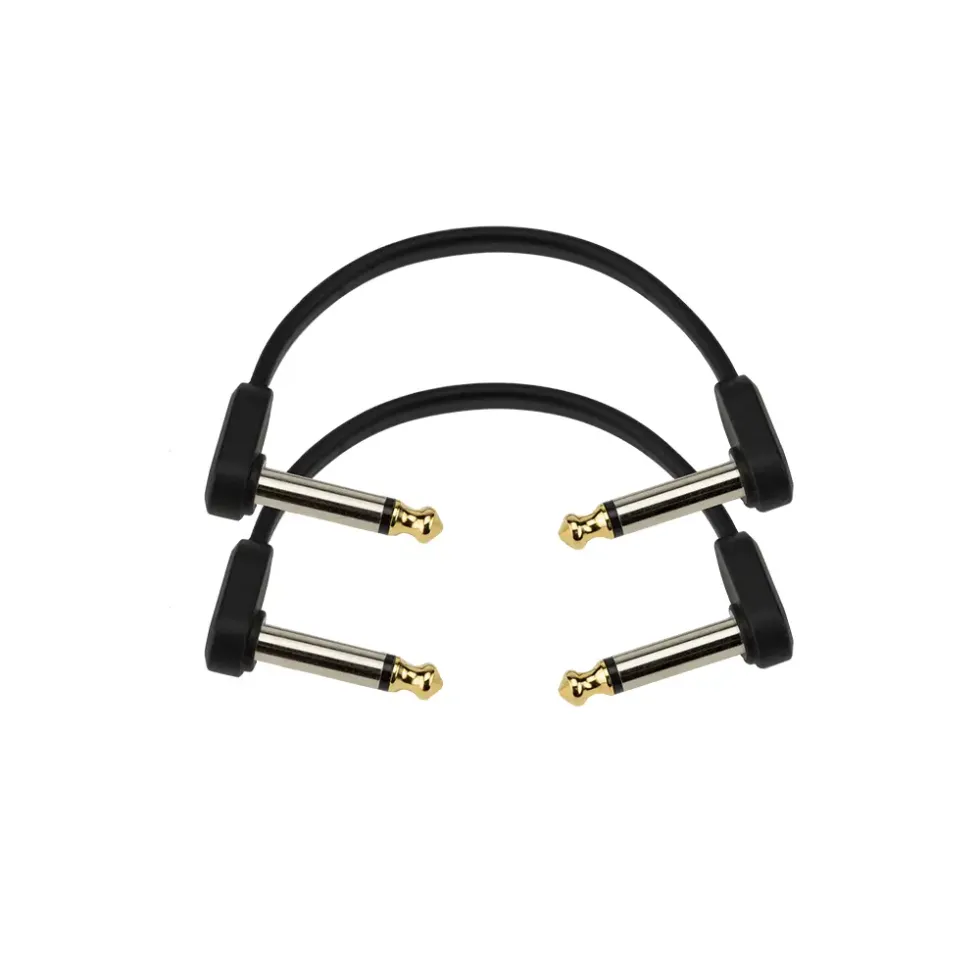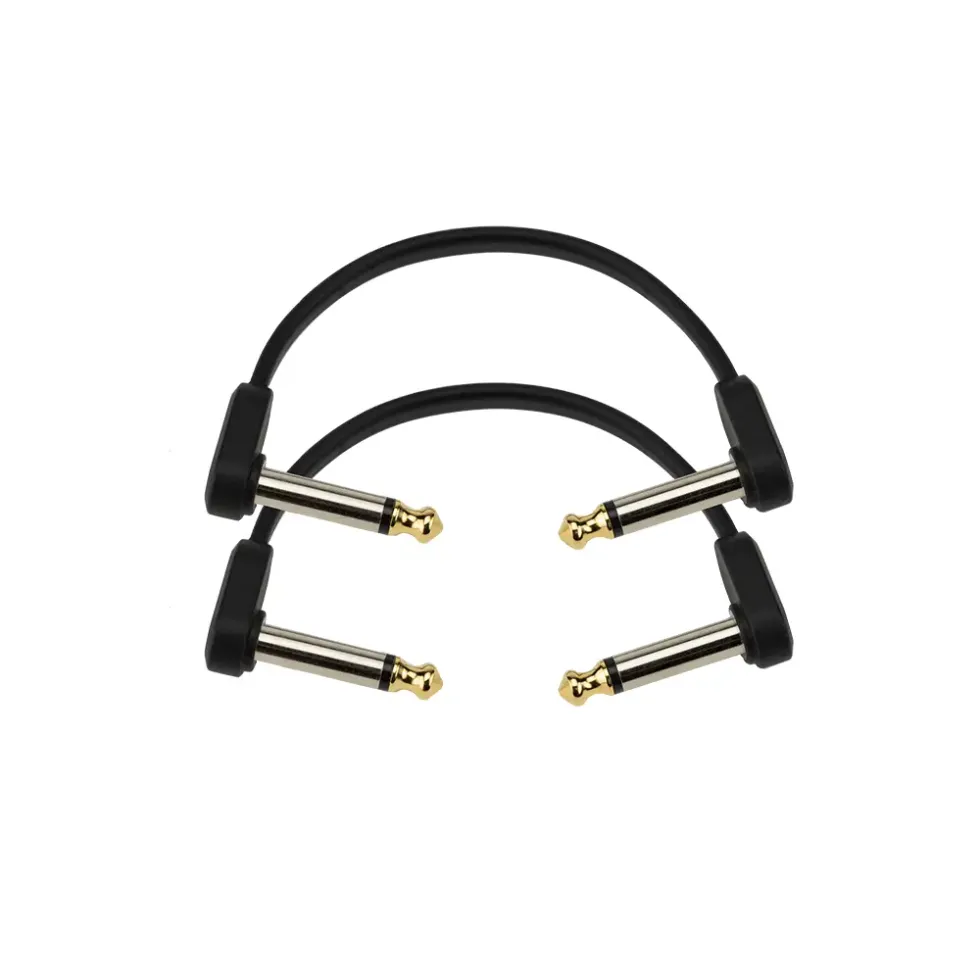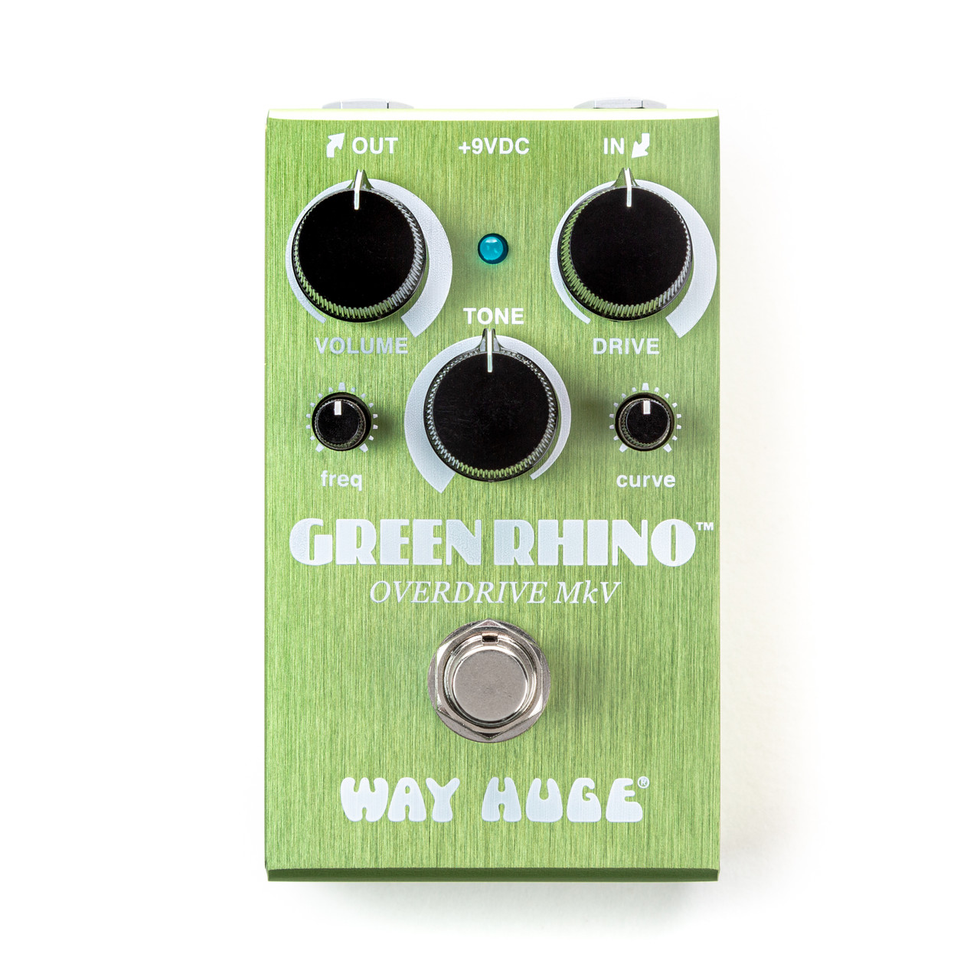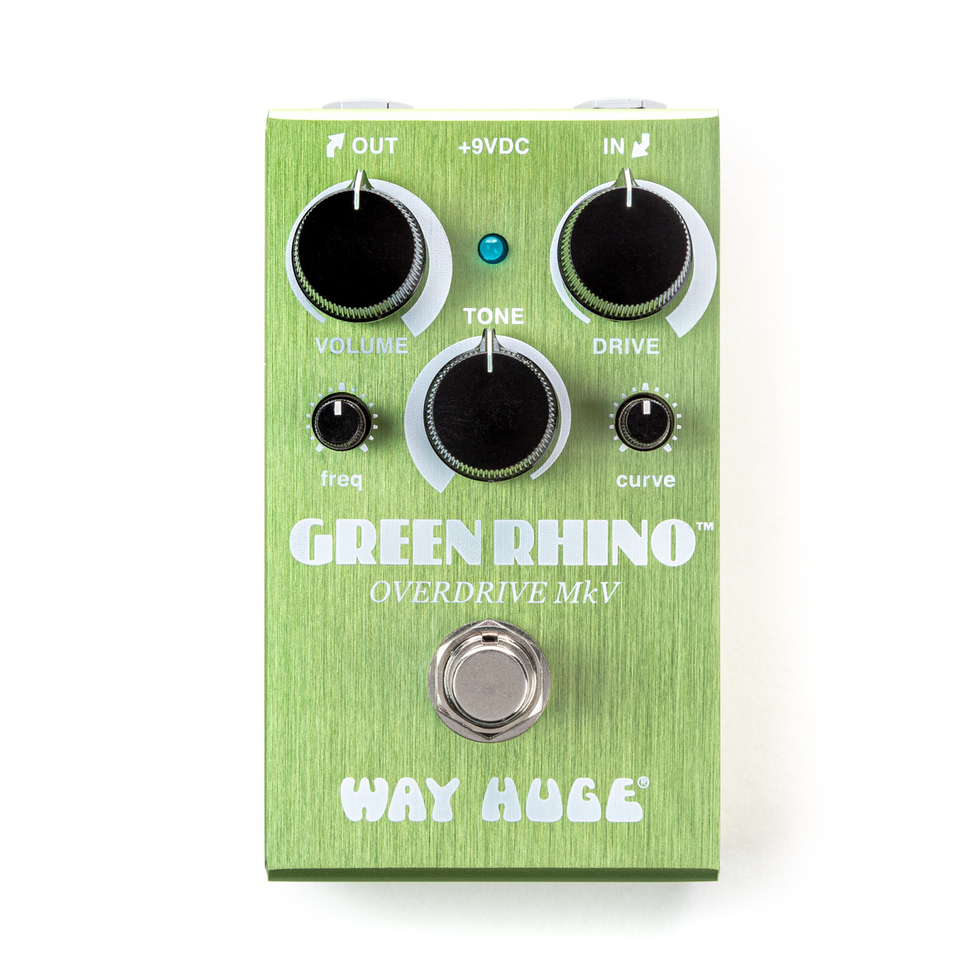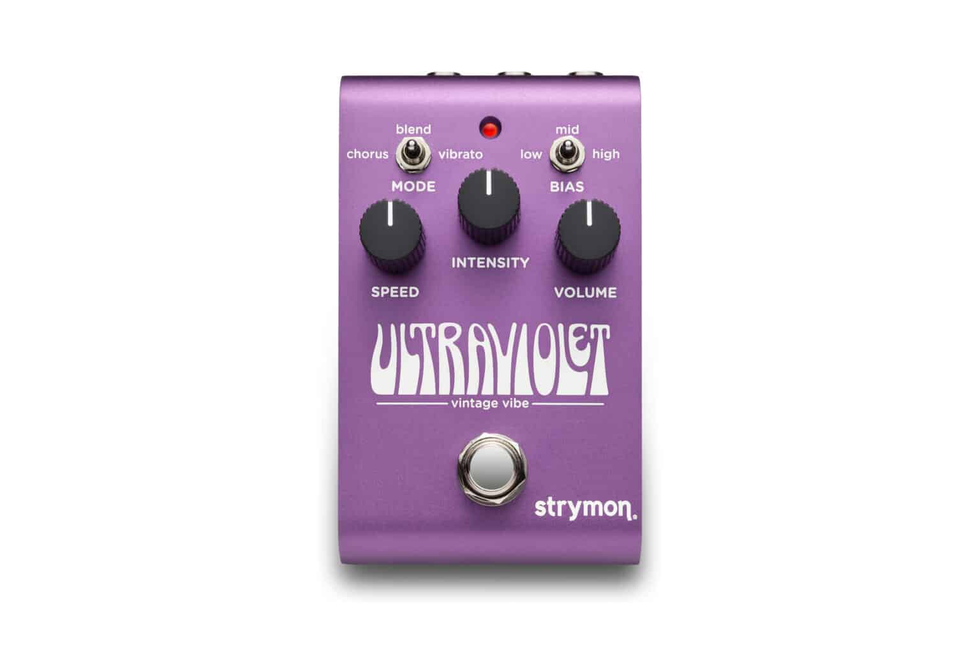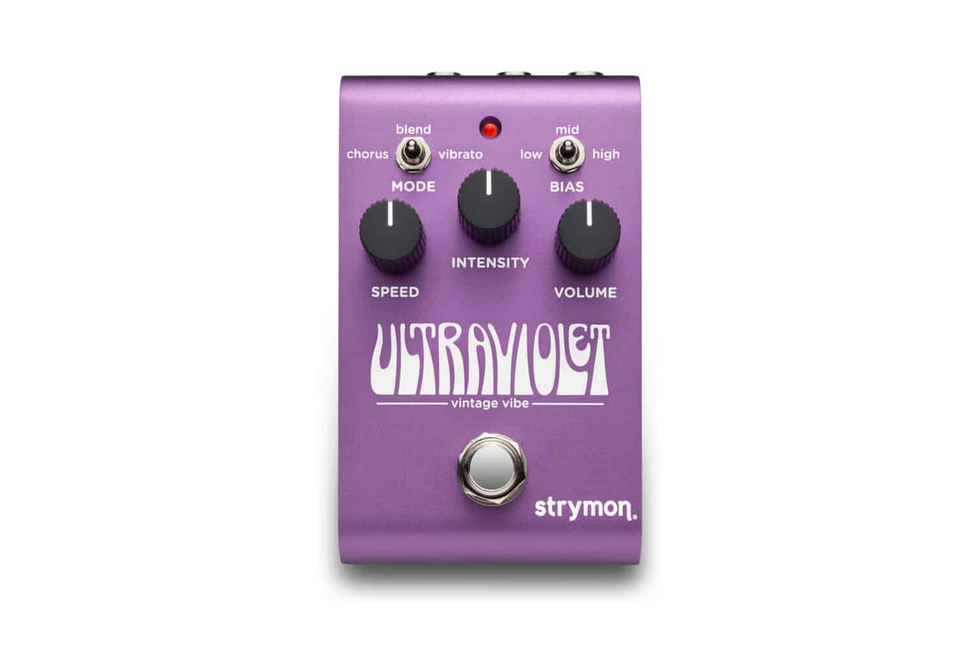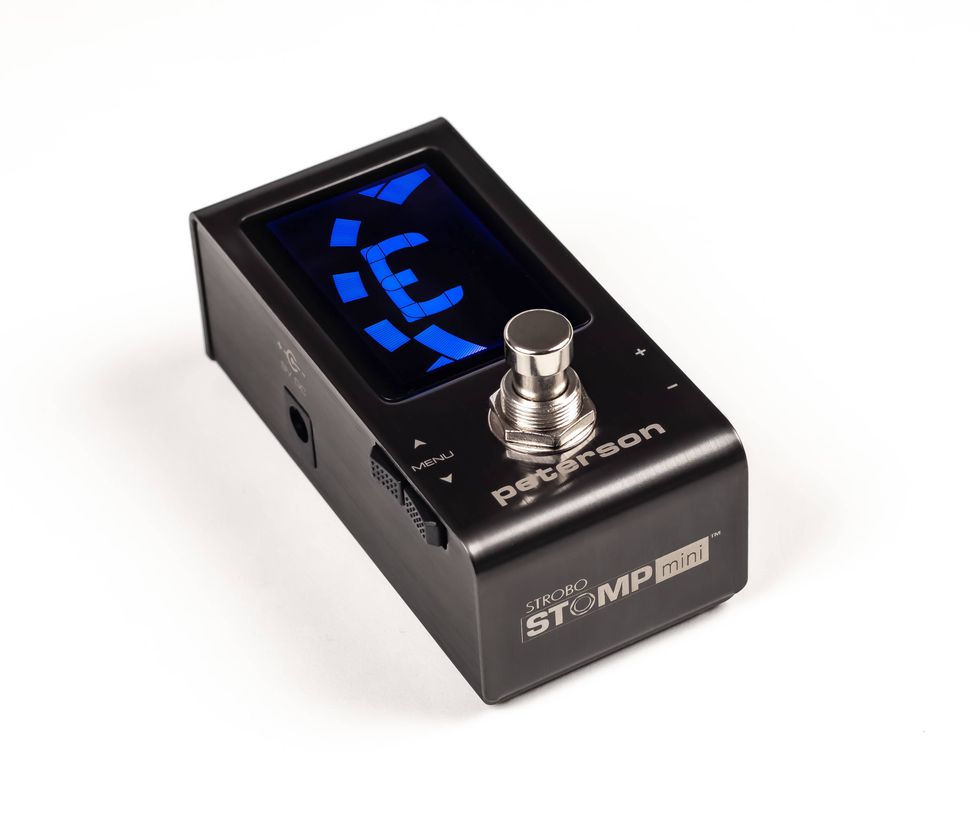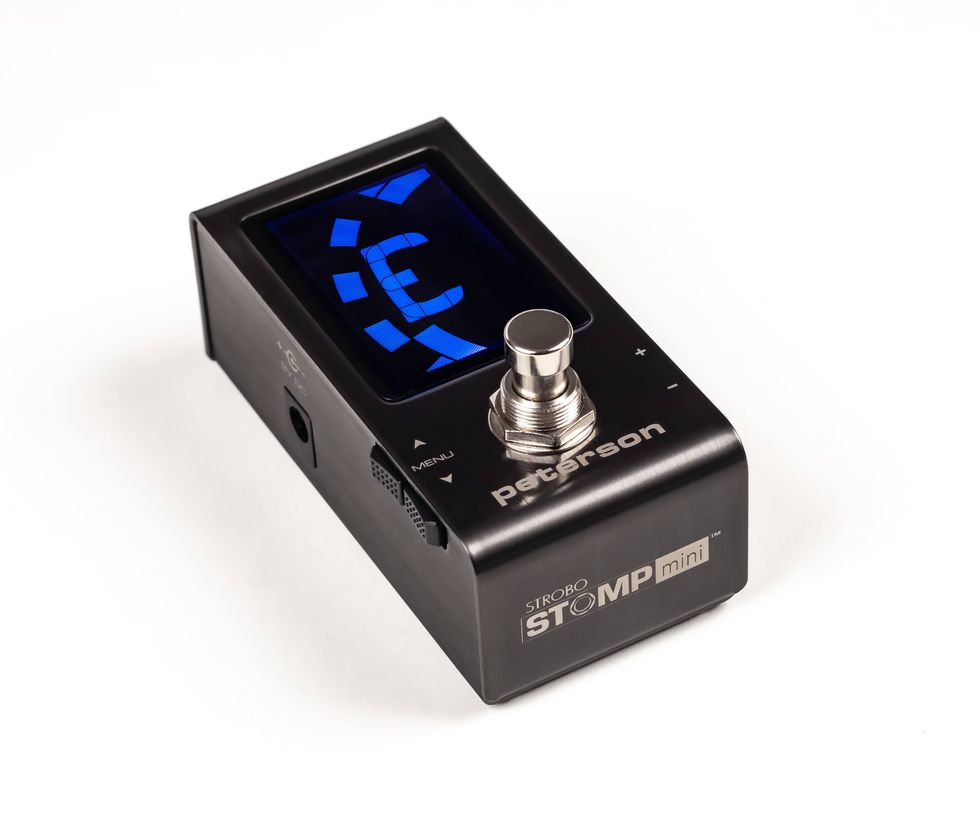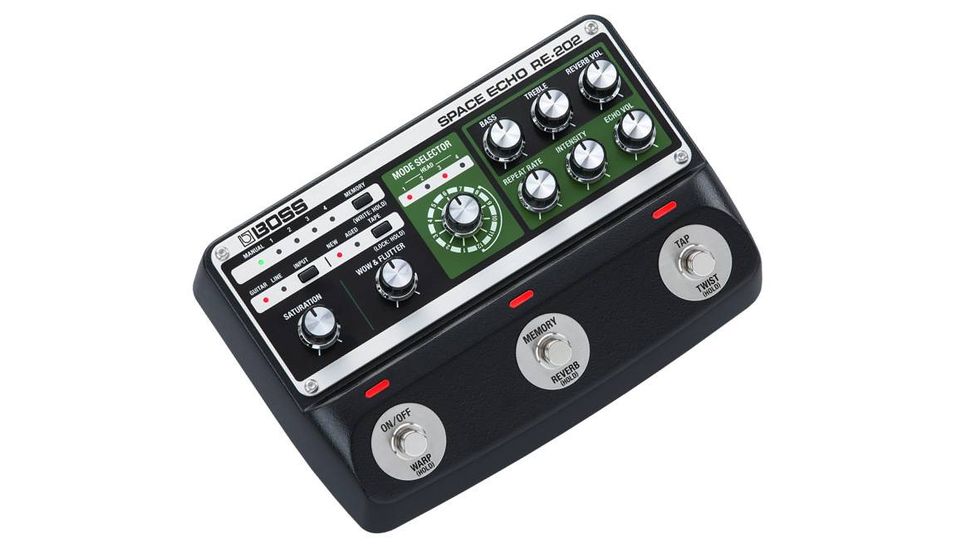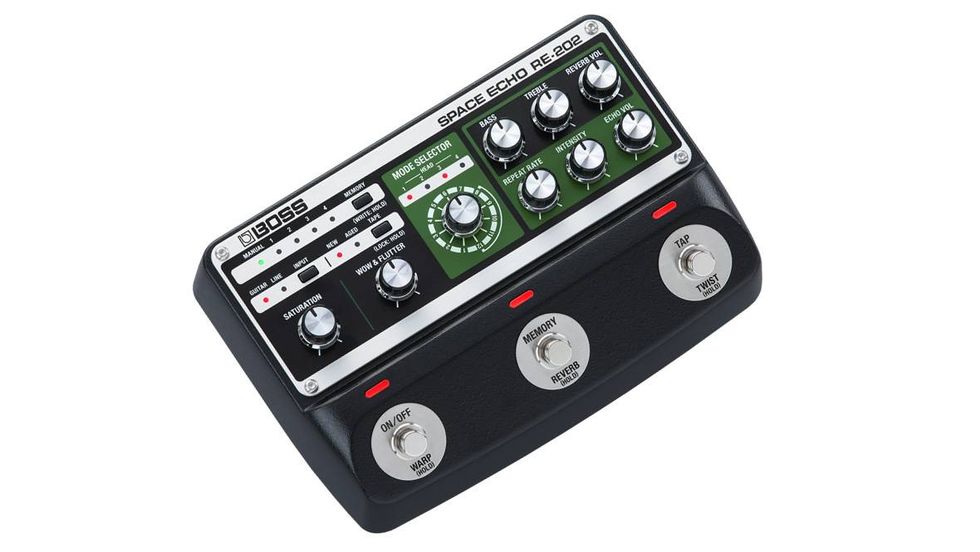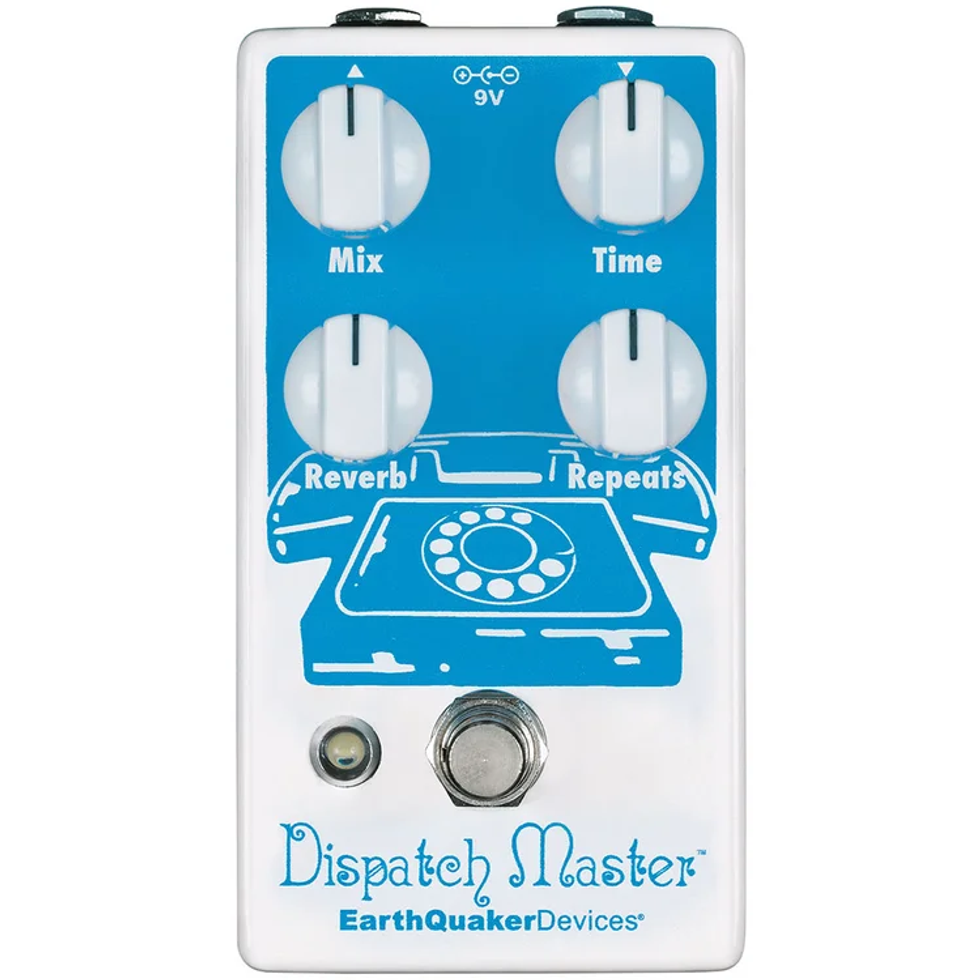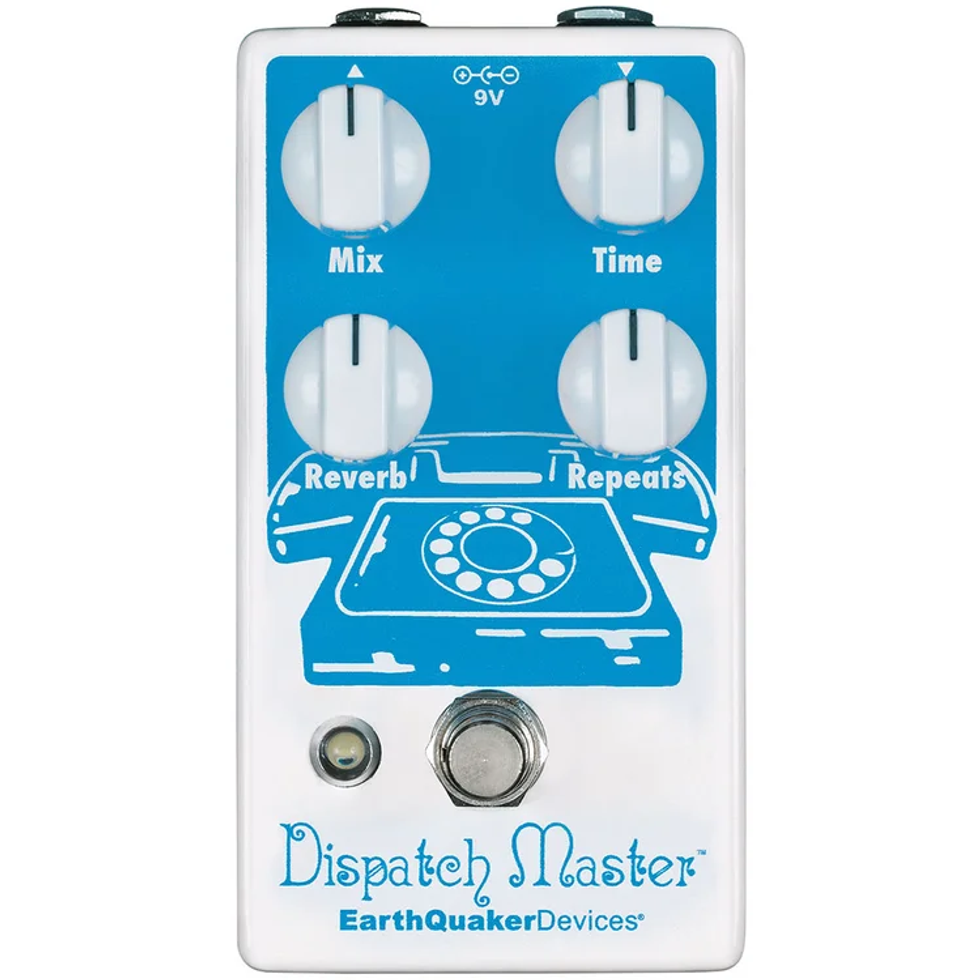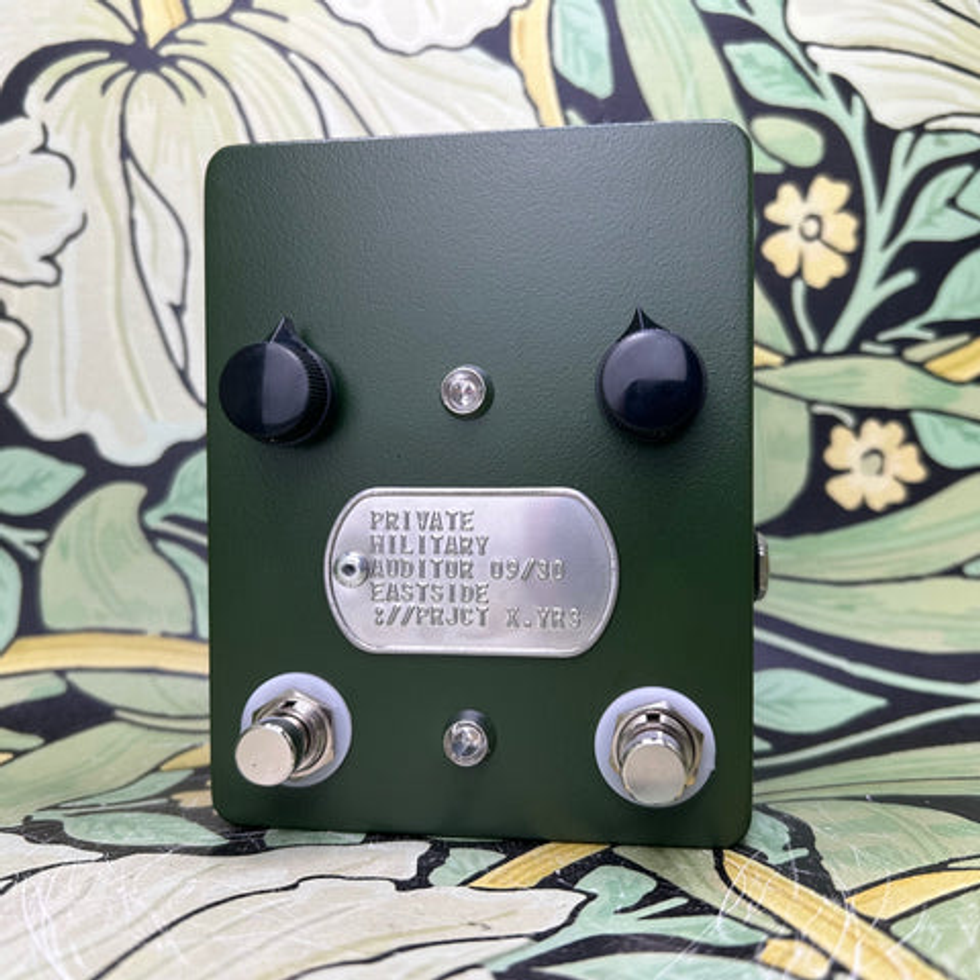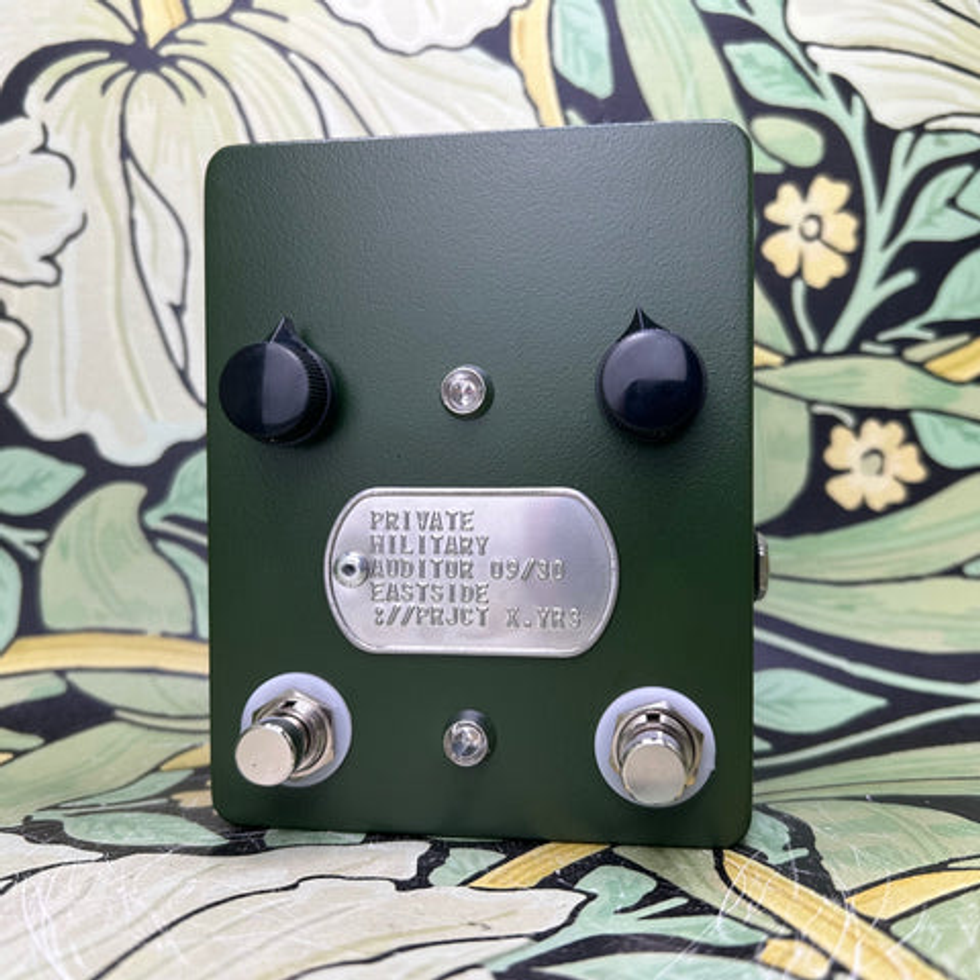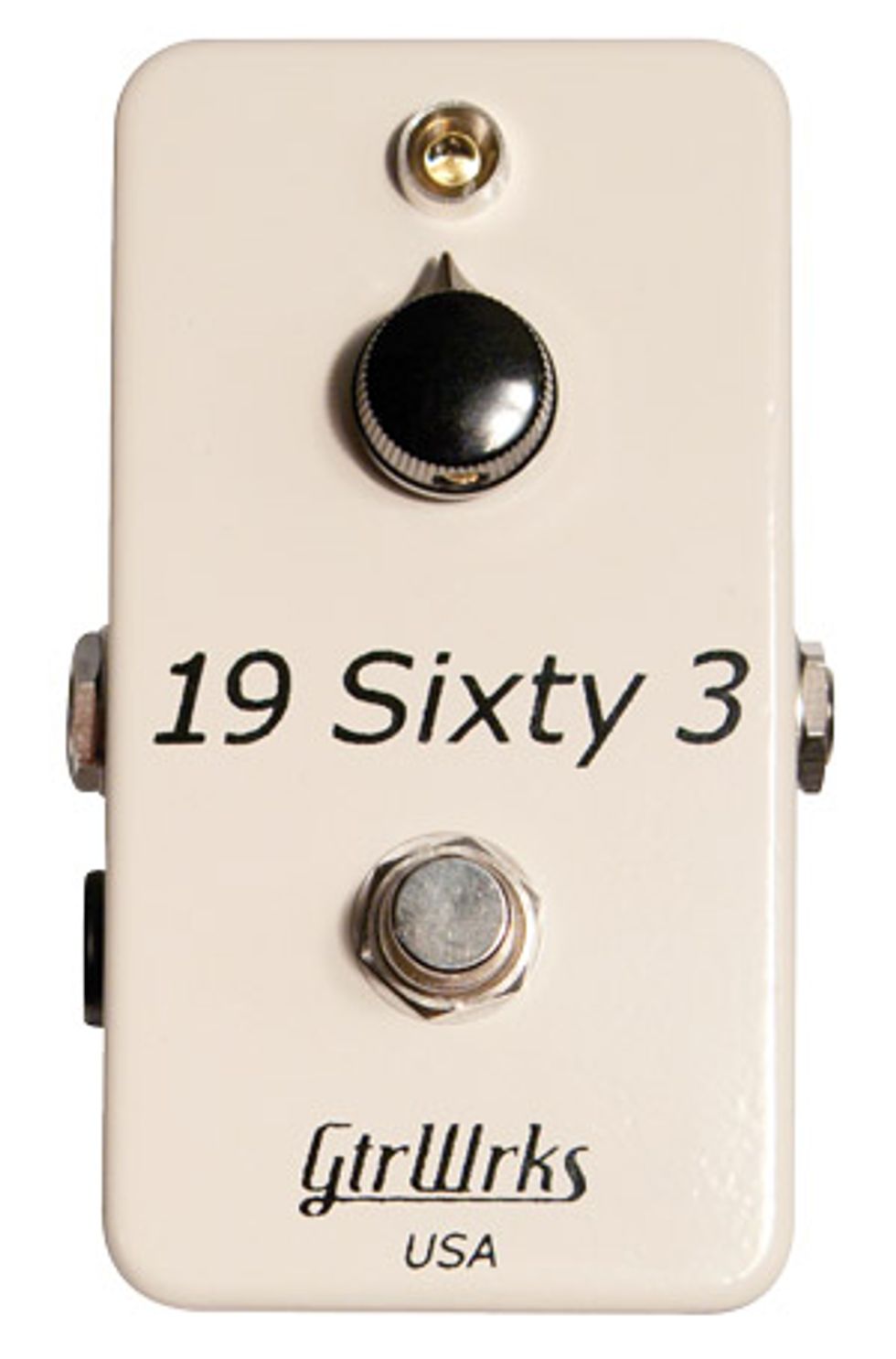
In a relative sense, boost pedals get no respect. They can be a little, well, underwhelming— an on/off switch, an LED indicator, and a single knob—not exactly centerfold material. Given that, it’s little wonder that few companies herald a boost as the flagship of their ingenuity. GtrWrks is an Oklahoma-based effects company that’s proudly an exception. They offer just two pedals—the bV Overdrive (pronounced Flat Five), and the 19 Sixty 3 Boost. And it takes just a few minutes with the Sixty 3 to see that the company’s focus comes with a huge practical payoff.
Simple Is as Simple Does
To call the 19 Sixty 3 Boost understated
would be … an understatement. The housing
is painted a gloss cream with simple
black lettering. There’s a red-orange LED
indicator mounted top center, and one
knob to control the gain that smoothly
sweeps from 7 to 5 o’clock, offering up to
15 dB of boost.
Inside, the 19 Sixty 3 is simple—the components are all top quality and the handwiring is as clean as it gets. The entire chip is no larger than the size of a nickel and affixed to the chassis with Velcro, comfortably away from the jacks and single pot.
One Knob, Many Worlds
The effects of a boost pedal are always
most apparent through a nice clean rig.
In this case, a ’68 Fender Bassman and a
4x12 loaded with V30 Celestions did the
trick. Setting the 19 Sixty 3’s gain knob
around 9 o’clock yielded a slight volume
increase, but also gave noticeable shine
and definition to patterns picked out on a
Telecaster. It also gives the Telecaster more
pronounced top-end bite when strumming
full chords and makes the bridge pickup
feel more dynamic and harmonically rich
in reverb-less environments. The effect
may be subtle, but at these lower settings
the pedal can shake any amp out of tone
limbo or help you cut through a band in
low-volume situations.
Ratings
Pros:
Lots of tone variation for such a simple pedal.
impressive build quality.
Cons:
Slightly pricey for what you get.
Value:
Tones:
Build:
User Friendliness:
Street:
$165
GtrWrks
gtrwrks.com
Bumping up the Sixty 3 to 12 o’clock really kicks up the output. But you also start to hear more of the pedal’s subtle character— full-bodied tone that really enhances picking dynamics. A light touch on a Les Paul sounds smooth with a little extra spark and swagger—something from the lighter side of a Crazy Horse set list, perhaps. But digging into the notes enlivens the amp with harmonics and texture, and gives you extra edge when you want it. I found the dynamic range impressive, given that the Bassman’s volume was relatively low at just about 3.5. But I could still feel and hear the tubes flirting with saturation that’s more common in, say, a Princeton.
Cornering the Sixty 3 in the 3 o’clock range makes the pedal and amp an entirely different monster. At these less-than-delicate settings, the Bassman—which had so readily posed as a civilized, if rowdy blackface combo—turned into an enormous, kiln-fired ’70s beast. The volume difference between straight and boosted signals at these settings is considerable, and it’s probably most practical if you’re inclined to leave the pedal on all the time, or if you’re working in a Pixies or Nirvana quiet-to-loud context. Otherwise the volume difference can make switching between the two modes a bit difficult to work with.
With a ’65 Twin Reverb reissue and Telecaster on opposite ends of the signal chain, the Sixty 3 has a very different character. The Twin doesn’t really break up until the boost is nearly maxed and the amp’s volume was near deafening. If you’re looking for a little more grit from a high-power, high-headroom amp, you’re really better off using an overdrive. And you definitely shouldn’t expect the Sixty 3 to act as a secondary high-gain channel in these settings.
On the other hand, the Sixty 3 adds a discernable and really interesting personality to the Twin that sacrifices little of the Twin’s tonal clarity, but adds a confident presence—especially at lower volumes. What’s more, any pedals I ran inline took on a distinctly stronger version of their own identity—fuzzes had a sharper sting, phasers a more robust swirl, and delays trailed with a little more definition.
The Verdict
Glamorous they ain’t. But a boost pedal
is a valuable tool that every player should
consider. And they don’t come much better
than the GtrWrks 19 Sixty 3. It can be used
to add a touch of breakup in a small amp
without adding too much color, increase
volume, or simply liven up some tired pedals
or pickups. It can also add dimension to
a high-headroom amp—nice when you’re
forced to play a bigger amp at lower volume
or if you’re looking for Gilmour-style,
larger-than-life clean tones. The $165 price
tag might seem a bit much for a pedal that’s
so outwardly simple. But the 19 Sixty 3 is
much more than the sum of its parts, and
it just might send you on a second honeymoon
with your favorite amplifier.














![Rig Rundown: AFI [2025]](https://www.premierguitar.com/media-library/youtube.jpg?id=62064741&width=1245&height=700&quality=70&coordinates=0%2C0%2C0%2C0)












 Shop Scott's Rig
Shop Scott's Rig